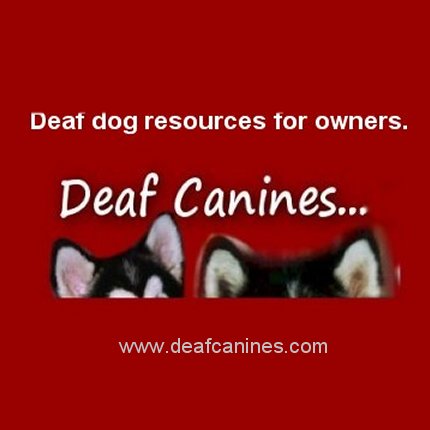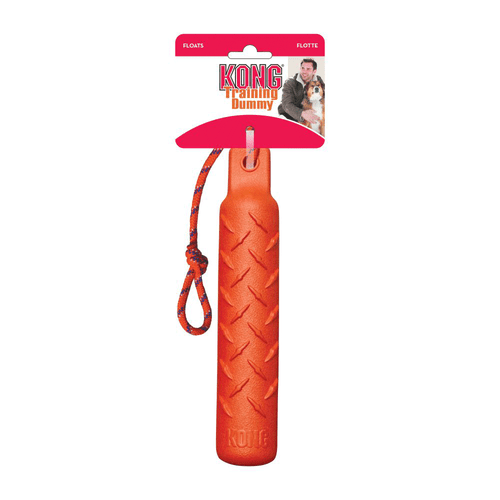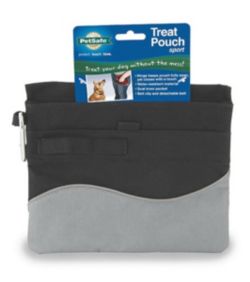Tools & Techniques for Training
You don't need anything to train your dog except a positive mind set and some knowledge, but the right tools can make it so much easier.
Basic Tools for Training Your Dog
Clicker. A clicker can be used to mark a desired behavior, both in response to a cue and when it occurs naturally. Clickers come in a variety of shapes and styles, including handheld ones and those with wrist straps. Some leashes even come with built-in clickers. There are also clicker apps for your smartphone and clickers designed for training multiple dogs, with different distinct sounds for each dog.Target stick. A target stick can be helpful for teaching basic behaviors like walking nicely on leash or complex tricks like spin or bow. Targets vary from a simple, fixed-length stick to something fancier, like a stick with a built-in clicker or one that collapses for easy storage. A serving spoon or wooden spoon can also be an easy DIY target — or you can skip the equipment altogether and teach your dog to touch and follow a hand target.
Treats. Rewards keep your dog interested and motivated. Treat preference will vary depending upon the individual dog, but in general, soft, meaty treats are canine favorites. Treats should be small, around the size of a pencil eraser or a blueberry. Some treats come pre-sized for training while others may be broken apart or cut down to size prior to training.
Portable mat. A portable mat or bed provides a safe space for your dog to settle, no matter where he is. A foldable, washable bed, mat or blanket is easy to transport and ideal for outings. Varieties with a sticky bottom tend to provide greater stability on slick surfaces.
Leashes. Training leashes vary in length, typically between four and six feet. Ideally, the leash is long enough to allow slight slack when your dog stays close to you during walks (rather than being pulled tight all the time). A waist-clip leash enables you to keep your hands free during training sessions. Store your dog’s leashes in easy access locations, such as on hooks near the door.
Collar or harness. A flat collar holds your dog’s ID tag, which is important if he gets out on his own. While you can also clip a leash to a flat collar, a front-clip harness is a better option for most dogs, since it can help deter pulling and make it easier for you to guide your dog’s movement. For difficult-to-control dogs, a head halter can be a useful option. (Note: Corrective collars are not recommended for training.)
Long line leash. When your dog is ready to practice behaviors like long-distance stays and come when called, a long line is a safe and simple alternative to being off leash. Long lines also allow for exploration during training breaks and extra room to walk out for activities like scent detection. Standard long lines vary from 15 to 30 feet.
Barriers. Crates, pet gates, pet pens and playpens can be useful if you need to contain your dog in a certain area for situations like house training or chewing management. A barrier can also be helpful for keeping your dog away from problem areas like stairs or the front door.
Barbell or other retrieving items. These are used in specific kinds of training for obedience or for dogs learning to retrieve. Dumbbells are AKC or UKC approved for matches and trials. Dumbbells are made with solid wood or plastic and are sized for the dog. AKC Regulations State: The dumbbell, which must be approved by the judge, will be made of one or more solid pieces of wood or non-wooden material similar in size, shape and weight to a wooden dumbbell. They may be unfinished, coated with a clear finish or may be any color.
Treadmill. Helps build endurance for long distance runs - helpful for sled dogs, hunting dogs or any dog that is an athlete. A treadmill is a great way to get your dog a dose of healthy indoor exercise. First, allow your dog to get comfortable with the sight and sound of a running treadmill. Next, place your dog on the treadmill and give him a treat. Turn the treadmill on the lowest speed.




















